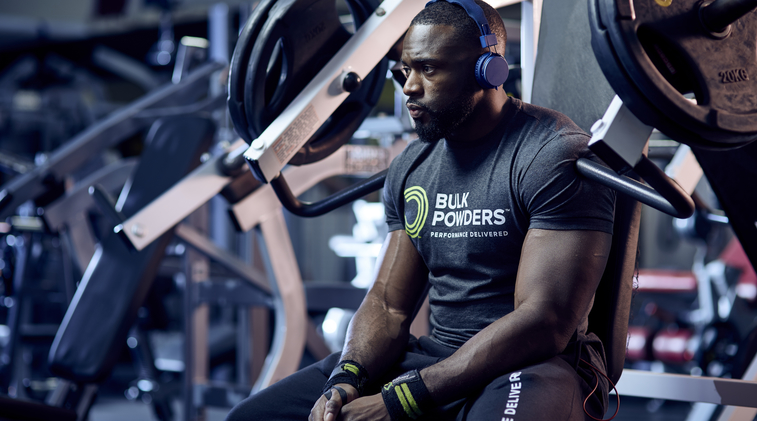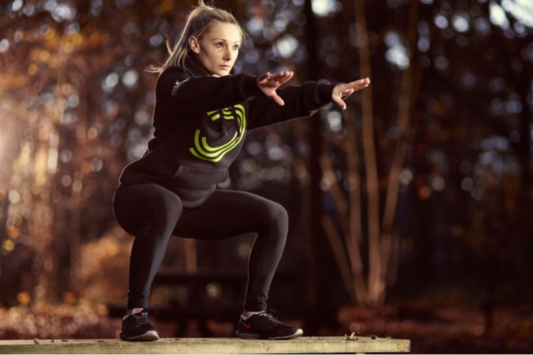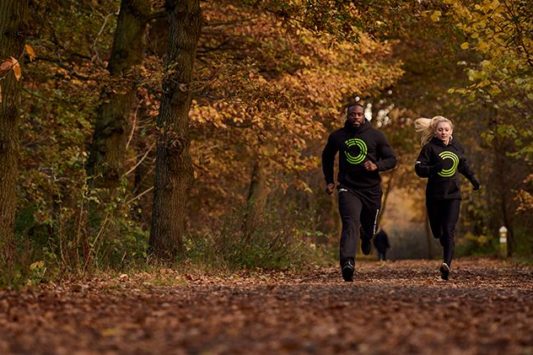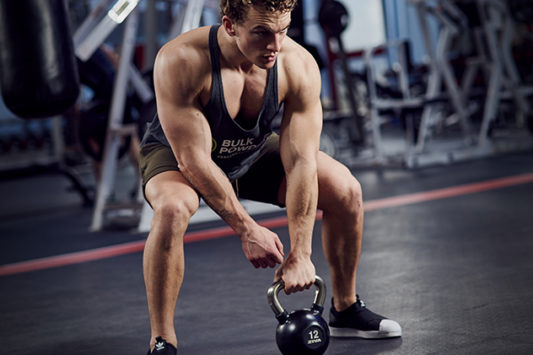Find out why supersets should be a feature of your strength training programme.
The question around these parts isn’t so much “do you even lift, bro?” but “do you even make progress, bro?”
How are the intensity levels of your training sessions? If it’s been a while since you’ve worked up a sweat, it’s time to liven up your programme.
What are supersets?
Supersetting is a training tool which pairs up two exercises. You perform the two exercises one after the other, with a short break. If you were supersetting squats and leg extensions, you’d do a set of squats, followed by a set of leg extensions, then rest, before repeating the process (etc). You can superset agonist muscles (choosing exercises which work the same muscle group). And you can superset antagonist muscles (choosing a pair of exercises that work opposing muscle groups). Either superset the same muscle group, or superset push/pull movements.
Who are they for?
Supersets are great for adding intensity, cutting the length of your workout, and adding volume. They’re ideal for people who like a pacy workout, or don’t have much time for training. And they’re a favourite of that breed of gym goer who loves a bit of pain with their pump! If you want to introduce some pace into your sessions, try supersetting all or some of your workout.
What do they do?
Supersets increase the pace and intensity of your training, and can add volume. By supersetting the same muscle group, you add more sets and reps than if you just did straight sets. If you superset opposing muscle groups, you increase total volume across your training week.
Supersets aren’t exactly “cardio”, but the reduced rest period will help your muscular endurance and cardio fitness. The extra intensity means you might need intra workout support in the form of Complete BCAA™ Energy or Complete Intra-Workout™.
4 types of supersets
If you’ve never tried supersets before, here are 4 different ways to get started.
Supersets to pre-exhaust
You can use supersets at the start of your session to pre-exhaust the muscle before your main compound lift. Try a leg extension superset with squats, or cable presses superset with flat bench press. You will find that you need much less weight on your compound lift (but your volume will be much higher). This is also a good way to get your heart rate up at the start of your session, and can help you focus too.
Compound supersets
To up the intensity on one body part, superset large compound moves. For example, bench press with incline dumbbell press, or pendlay rows with dumbbell rows. This challenging form of training is likely to leave you feeling tired, but it’s a great way to hit key body parts hard. Keep your protein and amino levels high with AFTERMATH™ (designed for your toughest sessions) or Pure Whey Protein™ in your favourite flavour.
Isolation supersets
You can also use supersets on smaller body parts. It’s an ideal approach for calves, biceps, or triceps. You could superset donkey calf raises with seated calves or toe presses. Or superset barbell biceps curls with standing hammer curls. Or switch between rope triceps pushdowns and EZ bar skull crushers. You get the idea. This is a great way to get tons of volume on smaller body parts, whilst slashing the amount of time in the gym.
Superset finishers
By supersetting a large compound move with a lighter, higher-rep move, you finish off a muscle with tons of volume. You could superset heavy leg press with high-rep leg extensions, or bench press with cable flyes. A painful but effective way to end your session in style!
Supersets aren’t just for advanced lifters. They are a simple (and powerful) technique for muscle gain, fitness, and extra volume. Next time you want to turn up the intensity, select a superset and get ready to destroy the day’s workout.



